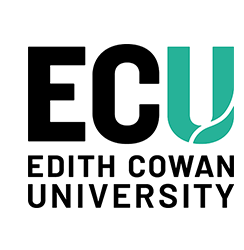Author Identifier (ORCID)
Alireza Mohyeddin: https://orcid.org/0000-0002-3487-3016
Abstract
Fracture energy is a key parameter in current prediction models for capacity of structural anchors. During broader research on behaviour of structural anchors in ambient-cured fly ash-based geopolymer concrete, it was realised that despite extensive literature on Ordinary Portland Cement (OPC) and other types of geopolymer concrete, there is a lack of literature on fracture energy of such geopolymer concretes. The purpose of the current research is to measure this property for this specific type of concrete using Wedge Splitting Test (WST) method. This method was selected due to its stable crack propagation and suitability for small-sized specimens. The influence of curing temperature (ambient vs. elevated), maximum aggregate size, sodium hydroxide concentration, addition of extra water and superplasticiser was investigated. Amongst these, the curing temperature showed the most significant influence on mechanical properties. An elevated temperature, within the scope of this study, increased the compressive strength and fracture energy up to 68% and 300%, respectively, compared to those of ambient-cured specimens. Existing prediction equations for OPC concrete were found to consistently overestimate the fracture energy of ambient-cured geopolymer concrete. Hence, a new prediction equation was proposed based on the obtained results as well as those available in literature.
Document Type
Journal Article
Date of Publication
1-1-2025
Publication Title
Australian Journal of Structural Engineering
Publisher
Taylor & Francis
School
School of Engineering
Creative Commons License

This work is licensed under a Creative Commons Attribution-Noncommercial-No Derivative Works 4.0 License.


Comments
Mohyeddin, A., Karmokar, T., & Fardipour, M. (2025). Fracture energy of ambient-cured fly ash-based geopolymer concrete. Australian Journal of Structural Engineering. Advance online publication. https://doi.org/10.1080/13287982.2025.2535086